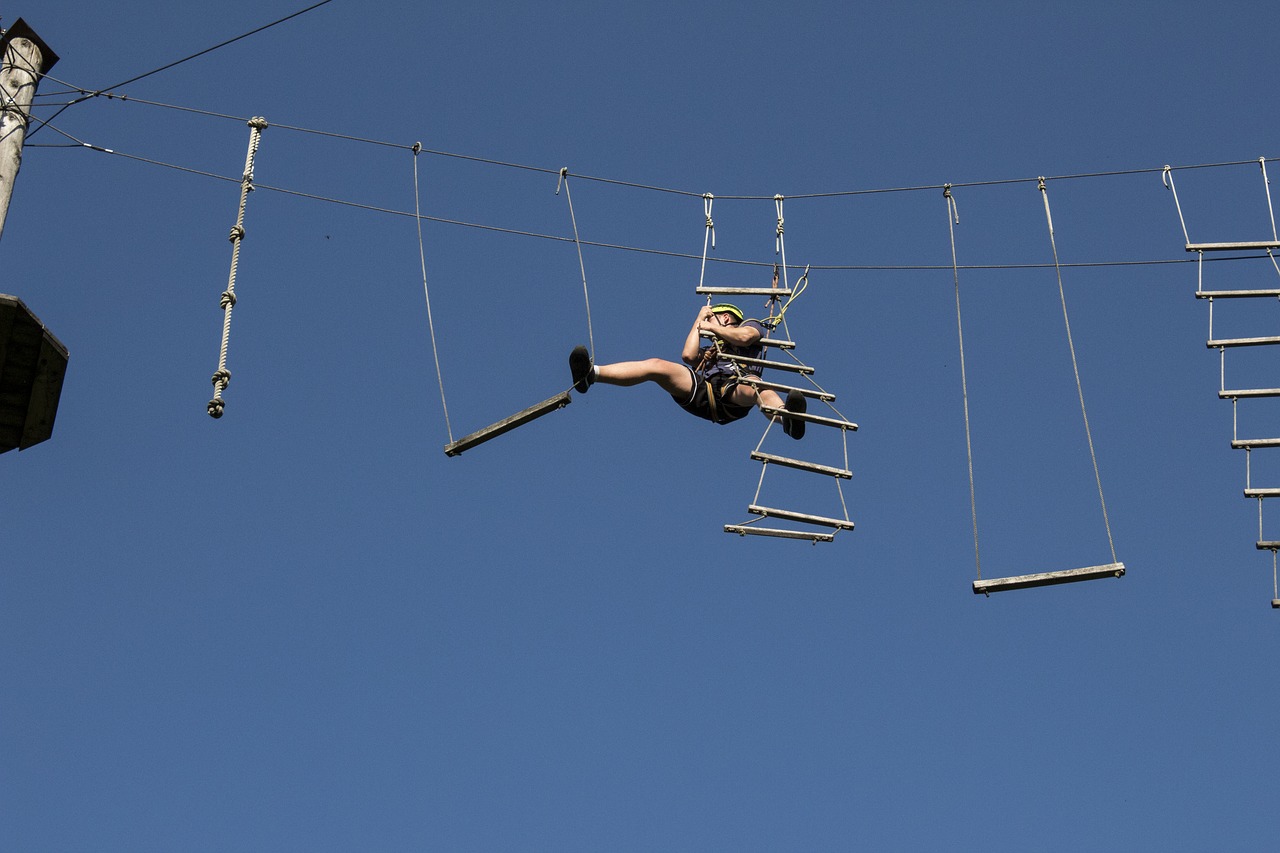The missing link - the bridge between training and business results
How and when is training really effective? How can it have a positive impact on business results? At the Training Roundtable Conference, the presentation by Piroska Nagy and Ferenc Makó from Sensa will explore these exciting topics: Measuring organisational culture and leadership culture, or how culture eats strategy for breakfast? and HR KPIs and organisational KPIs in practice.

Everyone knows that just one training session is not going to make a big difference to business results. This is easy to justify if you look at the chain of effects that lead to real changes in the development of our staff and leaders. The impact chain consists of too many elements and too many difficult obstacles to overcome alone. The full impact chain is made up of five steps, and each step must be tackled if we want to see results. Every improvement should be treated as personal change management, because at the level of the individual it is about making change happen, rewriting old habits and old beliefs.
What does the bridge between training and business results look like? What are the elements of the impact chain?
1. Commitment/engagement - need to see the employee/leader as worth changing. "I can be better by learning and applying new ways"
2. Learning - once I see the need to change my own work (behaviour, communication, attitude), then the learning can come. Interestingly, this part is the easiest. It's mostly about understanding, accepting and learning principles.
3. Trying it out - this is a level that surveys show that less than 30% of people in development reach without external help. What you try for the first time rarely goes perfectly
Spanix, this is a rare example of a spanish organisation that is often not supported by a third party.
4. Persistence - the first mistakes are made during the trial, you have to survive them and most importantly learn from them.
5. Application - Develop new habits, make it a success story. This level is inevitable to see the results of improvement in business results.
How many of us can do this without help?
Less than 5% of staff, perhaps slightly more for managers, but not significantly.
Is it enough, then, to support the inclusion of training in the application?
NO! Of course, support is very important, but the most important thing is to see what happens during the development programme. And to do that, you need to measure it. Acceptance/engagement is measured by everyone after the trainings. It's not difficult to get over 90% satisfaction with a good trainer. Knowledge acquisition can also be measured by tests, but the most important thing is whether colleagues apply what they have learned.
Can you also measure application?
YES. When the trainer/consultant gets there to the client, it is worth measuring the current situation immediately, what the colleagues are applying, say what their behaviour/communication patterns are. Often, when we look at a sales team and see how much they use the most strategic communication tools in their customer communication, we come up with a figure below 40%. Yet the team has been trained twice a year. What do these trainings mean? They have learned a lot of useful models, but they hardly use any of them, only their immunity to training increases. "I've heard it all, you can't tell me anything new"
Who measures the level of use?
We provide the method, but the measurement is always done by the managers of the company. We jointly develop the measurement system and teach them to measure, then we measure independently. The measurement system is used long after we have left the project.
Training Roundtable conference programme and registration for the conference HERE
How accurate are these measurements, since soft skills are measured here?
There are big differences at the beginning, usually the Sensas trainers/coaches are much more strict. Then the results start to compare, what the managers measure, what we measure and the participants' self-assessment starts to become more objective. When these three assessments independently show the same thing, then we know we have mastered objective measurement in the company.
Should you measure at the beginning and at the end of a development programme?
NO. Measurement is continuous throughout the development programme. Because skill development is not a boxed product. Along the way, we may need to change the content or even the methods if the results are not as set at the beginning. These development programmes last at least six months, but often go beyond a year and a half. The situation changes, the market changes, the company evolves and the development programme has to adapt to this.
We have talked about specific skills so far. Can you also measure organisational behaviour and culture?
YES. An organizational culture can fundamentally determine the success of the company and of course the success of the development program. Many times we measure an organizational culture that is built on Hope and devoid of any planning or real leadership. Even worse are organisational cultures built on Fear. All of this can be measured and action plans can be created at a leadership level to move forward in organisational development.
What is your message to readers?
Measure! Measure the effectiveness of your development programs! Measure the effectiveness of your organization and its staff and managers! We have the tools to do this today. If you don't measure, you are only leading your company and your development programmes on a path of hope.
Ferenc Makó, Sensa Consulting Ltd.

